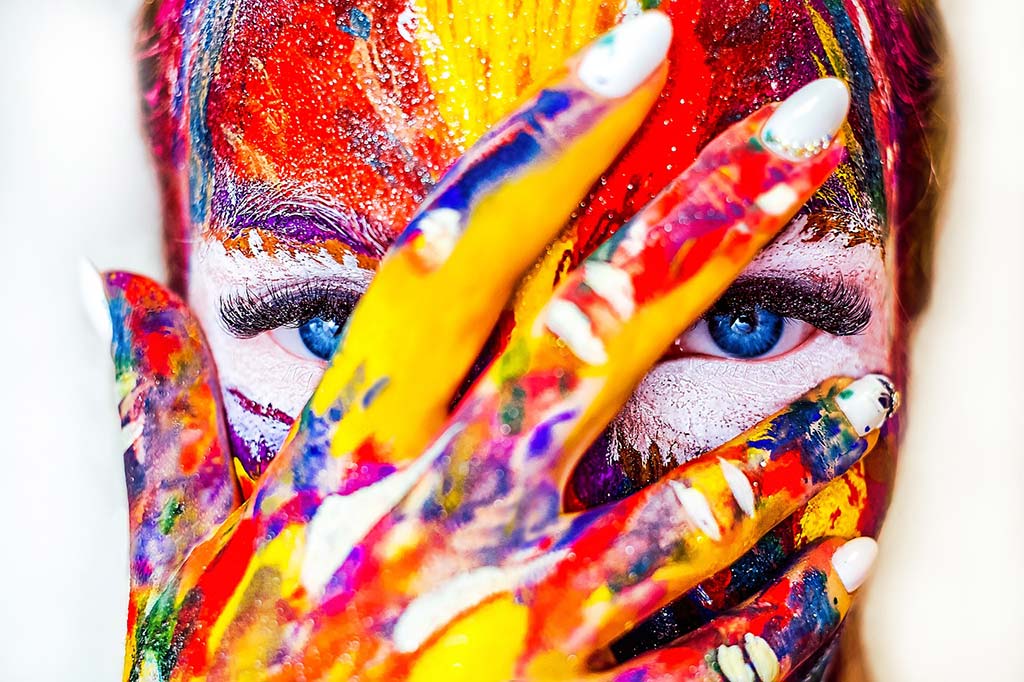
The material used for your project depends on a variety of factors, including what you print (books, flyers, posters, brochures), what it is used for, and the scope of the overall project. However, there are some industry standards that must be observed to facilitate the planning of printing projects.
Paper: There are a lot of different types of paper to choose from, but in the end the right choice is all about one thing: the type of finish you want. Uncoated paper is well suited for simpler projects such as brochures or business cards. If you want something more unique or are planning to pass on what you print to potential customers, choosing tissue or satin paper will give the product a cleaner look. For fashionable notebooks and hanging items, glossy paper helps prevent stains during the printing process and keeps the end product as good as new, regardless of its original condition. For more information on choosing the right paper for your printing project, click here.
Ink: The type of ink you use will ultimately determine how your design will look on the page. Most printers usually use two types of inks, dyes or pigments, each of which has its own advantages. Color inks can provide very beautiful, vibrant colors, but when exposed to sunlight, they can fade over time. Pigment inks are slightly more expensive, but if you are looking for a clean, finished product that does not deteriorate over time, pigments can be a better choice. Of course, it also depends on what you print.
Process: Depending on the quality and quantity of your printing project, you can choose between digital and offset printing in most locations. Offset printing has long been the industry standard for high quality printing, but recent advances in digital printing technology will not, according to experts, even make the difference between the two. However, offset printing allows you to produce a much higher volume in a shorter time.
Color values for a print project: When printing, you must also consider the color values. Many printers use the CMYK format (cyan, magenta, yellow, black). With this small color combination, printers can use shading to create thousands of color options. There are also more specific color options for printing, so don’t hesitate to discuss them with your printer if you think they might be beneficial to your end product.
After thinking a little about your audience and the message you want to convey, sit down and decide exactly how you want to do it. There are many different printing options, but the one that suits you best ultimately depends on a variety of factors, including audience, personal preferences, design, your industry, etc. When working on an advertising campaign, try to identify the medium you think will reach the most potential customers, be it brochures or posters. You may want to create a potential customer address book to illustrate your company’s portfolio, or a quarterly budget analysis package; there are a variety of ways to get your message across, but if you focus specifically on the media you want to use, you will save a lot of time planning a print project.

Know your budget
Once you have decided who you want to communicate with and how you want to do it, it’s time to start budgeting for your print project. Your budget will help you influence your printing choices, including size, materials, color quality, color options, finishes and more. Be flexible when creating your budget; it is not a bad idea to estimate the proposed costs, determine your ideal price for the project and then set a price range with a lot of flexibility.
A higher budget does not always mean that you will have the best possible end product, you need to know where to put the money so that your budget works to your advantage. Expert advice or early collaboration with a printer can be an excellent way to create your budget plan, make printing decisions and identify issues that may arise during the production process. If you’re not an expert in printing or an experienced designer, it’s extremely important to work with someone who can help you set realistic budget goals; he can advise you on materials and assist you through the design process.

Colors and how to work with them
Whether you work with a designer or are your own designer, color will play an important role in the appearance of your printing project, as well as its expected costs. Choosing the right colors and integrating them into your design can do wonders to reach your audience, just as bad colors can be a big obstacle to your success. Colour is an excellent communication tool: it has a cultural meaning, arouses certain moods and attracts the eye’s attention.
Basics: Knowing a little about the basic theory of colors and how to use colors to your advantage can greatly assist you in the planning process. Use the color wheel as a starting point; think about the primary, secondary and tertiary colors that will help you communicate your message.
Create a color model: Identifying the colors you want to work with, even in a simple way, will help you maintain your vision for the rest of the printing project. What colors will resonate with your audience? Be sure to consider the time of year (seasonal colors), the type of atmosphere you are trying to create and any other important factors that may affect the printing process and your overall design.
The post Choosing the Right Medium for Your Project appeared first on Gorilla Printing NYC.












